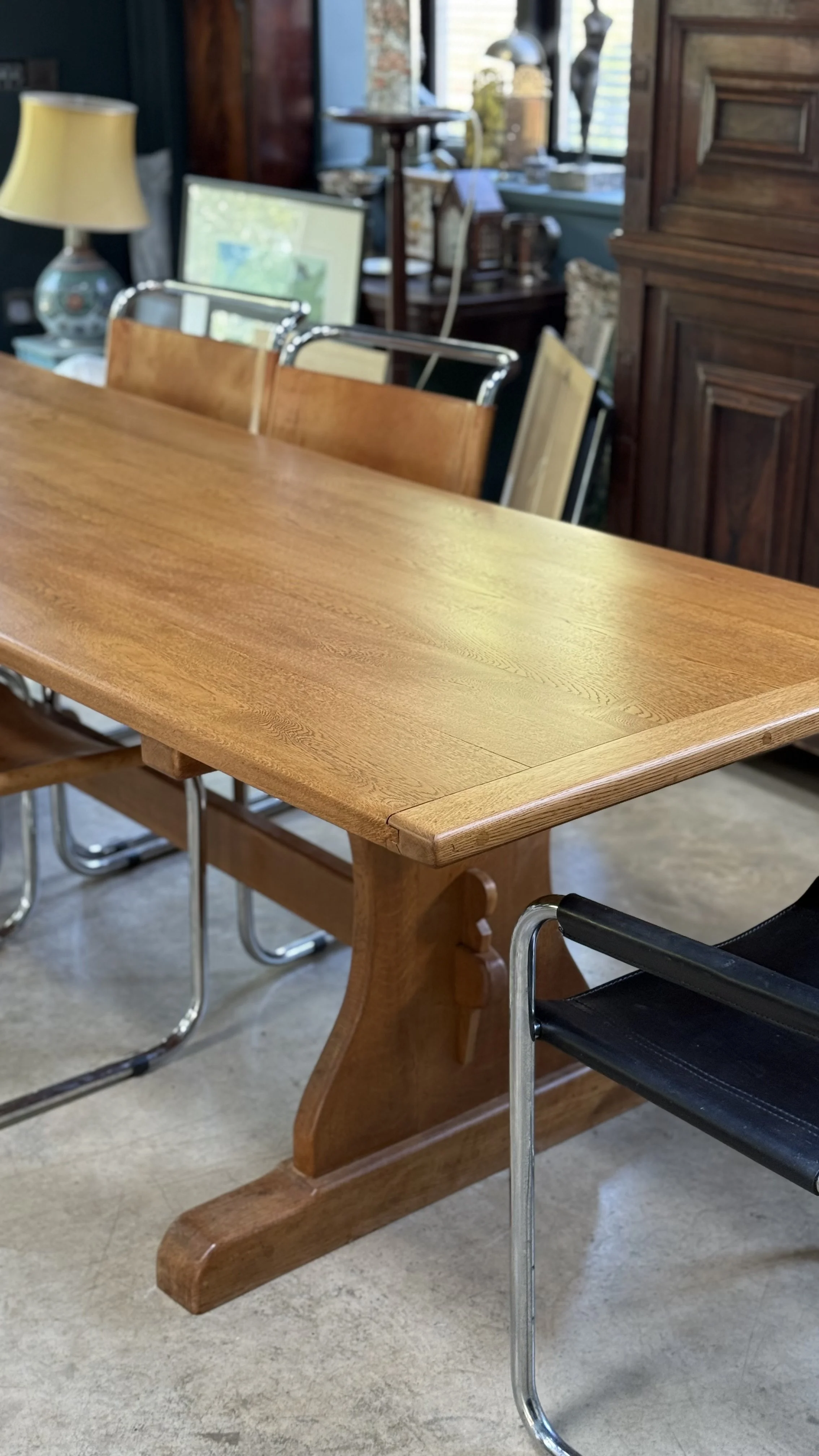31 Aug
The Benefits of Restoring vs Replacing Your Wooden Furniture
When your wooden furniture starts showing signs of wear and tear—scratches, fading, or water stains—you might wonder whether it’s time to replace it. However, before spending a fortune on new pieces, there’s an option that’s often overlooked: restoration. Professional restoration and French polishing can breathe new life into your beloved items, and here’s why it’s often the better choice.
Cost-Effective Compared To Buying New
High-quality wooden furniture is an investment, and replacing it can be extremely expensive. Restoring your existing furniture costs a fraction of what you’d spend on new, solid wood pieces. Instead of settling for cheaper alternatives made from particle board or veneers, restoration keeps the craftsmanship and quality you already own—without the hefty price tag.
Preserves Sentimental Value
Many pieces of wooden furniture have a story. Maybe it’s a dining table that’s hosted family gatherings for decades or a wardrobe passed down through generations. Replacing these items means losing that history. Restoration allows you to maintain these connections while giving the furniture a fresh look and extended life.
Environmentally Friendly
Every time a piece of furniture is replaced, more trees are cut down, and more waste ends up in landfills. Choosing restoration reduces your carbon footprint by making the most of the resources you already have. It’s a sustainable option that helps protect the environment while keeping your home beautiful.
Retains Quality Craftsmanship and Timeless Design
Older wooden furniture is often made with techniques and materials that aren’t common today. Solid hardwood, traditional joinery, and unique designs are difficult—and expensive—to find in modern furniture. Restoring these pieces means keeping that superior craftsmanship and timeless beauty.
This is especially true for antiques and mid-century furniture—styles that are highly sought after today. These pieces carry a level of elegance and durability that mass-produced, flat-pack furniture can’t match. By restoring them, you keep a slice of history and a touch of character that new furniture simply doesn’t offer.
Customisation Opportunities
Restoration isn’t just about repair; it’s a chance to customise your furniture to match your current style. Want a darker finish? A high-gloss polish? Or maybe a traditional French polish for a classic, luxurious feel? Professional restorers can tailor the look of your furniture to your preferences, making it unique to your home.
Replacing furniture might seem like the easier option, but restoring what
you already have—especially antique or mid-century pieces—is often smarter,
more economical, and more sustainable.


